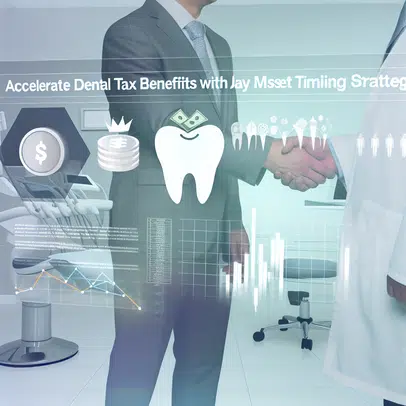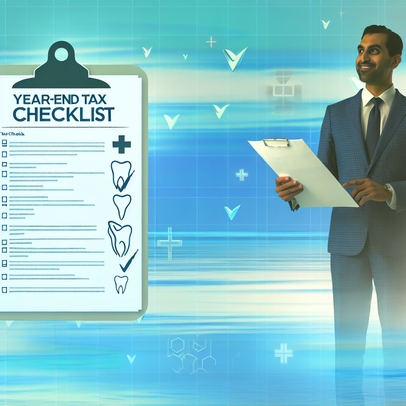Discover how the One Big Beautiful Bill Act can transform your dental practice’s financial strategy.
Understanding the One Big Beautiful Bill Act
The One Big Beautiful Bill Act (OBBA) is a comprehensive piece of legislation aimed at reforming various aspects of the tax code to stimulate economic growth and innovation. For dental practices, understanding the nuances of this act is crucial for leveraging its benefits. The OBBA introduces several key changes, including adjustments in tax rates, deductions, and credits, all designed to provide financial relief and incentives for small businesses, including dental practices.
One of the most notable features of the OBBA is its emphasis on promoting innovation through enhanced Research and Development (R&D) credits. By understanding and utilizing these provisions, dental practices can significantly reduce their tax liabilities and reinvest the savings into their operations.
Key Provisions Impacting Dental Practices
Several provisions within the OBBA are particularly relevant to dental practices. These include expanded eligibility for the R&D tax credit, which now encompasses a broader range of activities and expenditures. This change is particularly beneficial for dental practices that invest in new technologies, techniques, and processes.
Additionally, the OBBA offers increased deductions for equipment purchases and improvements, allowing dental practices to modernize their facilities and enhance patient care. The act also introduces favorable tax treatment for certain types of employee benefits, which can help practices attract and retain top talent.
Leveraging the Research and Development Credit
The R&D tax credit is a powerful tool that can provide substantial tax savings for dental practices engaged in innovative activities. Under the OBBA, the scope of qualifying activities has been broadened, making it easier for practices to benefit from this credit. Eligible activities may include the development of new dental techniques, the implementation of advanced technologies, and the improvement of existing processes.
To maximize the benefits of the R&D credit, dental practices should meticulously document all qualifying activities and associated expenditures. This documentation is crucial for substantiating claims and ensuring compliance with IRS requirements. Practices may also consider consulting with tax professionals who specialize in the dental industry to navigate the complexities of the R&D credit and optimize their tax strategy.
Optimizing Financial Strategies for Your Practice
Implementing advanced tax strategies under the OBBA can significantly enhance the financial health of your dental practice. In addition to leveraging the R&D credit, practices should consider other tax-saving opportunities such as cost segregation studies, which can accelerate depreciation deductions for certain assets.
Furthermore, practices should evaluate their entity structure to ensure it aligns with their financial goals and provides optimal tax benefits. Regular financial reviews and strategic planning sessions with a specialized tax advisor can help identify additional opportunities for savings and ensure that your practice remains compliant with evolving tax regulations.
Steps to Implement the Act in Your Practice
To effectively implement the provisions of the OBBA in your dental practice, start by conducting a comprehensive review of your current tax strategy. Identify areas where the new legislation can provide immediate benefits and develop a plan to integrate these changes into your financial operations.
Next, ensure that your practice is thoroughly documenting all qualifying activities and expenses related to the R&D credit. This may involve updating your accounting systems and processes to capture detailed information. Consider partnering with a tax advisor who has experience with the OBBA and the dental industry to guide you through the implementation process and maximize your tax savings.
Finally, stay informed about ongoing changes in tax legislation and how they may impact your practice. Regularly consult with your tax advisor to adjust your strategy as needed and take full advantage of all available benefits.




